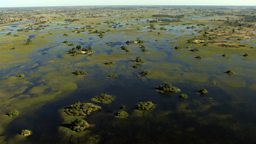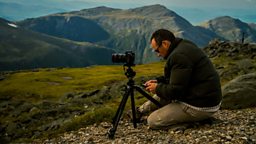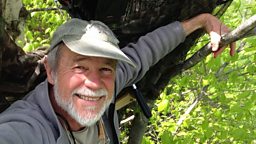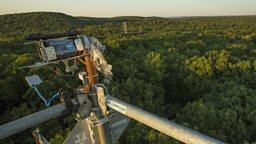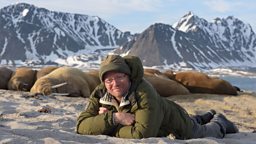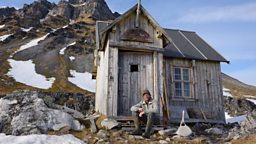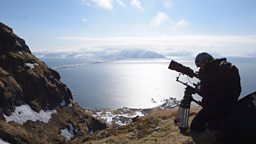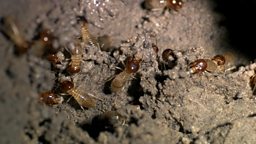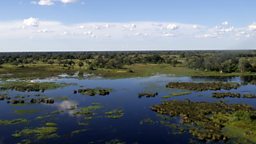Islands: The kidneys of the Okavango
Paul Bradshaw, series producer
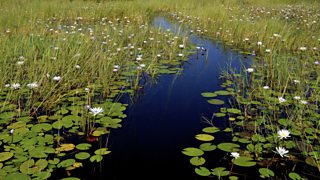
the water that surrounds the island is kept fresh enough to nurture the growth of all manner of aquatic plantsPaul Bradshaw
A crucial stage in the film was to show exactly how termite mounds transform into islands. Although essential for the story this was something that was impossible to film entirely on location. So, in order to show the process as clearly as possible we employed a combination of techniques: photography, both of animals and termite mounds on location and detailed time-studies of plants in the studio (by time-lapse maestro Tim Shepherd). The result was a seamless revelation: the deposition of dung, the arrival of the flood, the consequent germination of seedlings on the mound and the progressive growth of termite mounds into islands.
One other extraordinary thing that these termite-created islands do is help to regulate the quality of the water. Trees on the islands pump water up from the water table. This water can be high in mineral salts, and during the process the salts are deposited in the sand of the islands. This has the effect of creating infertile areas in the middle of many of the islands. But as a result the water that surrounds the island is kept fresh enough to nurture the growth of all manner of aquatic plants, including the Okavango’s beautiful water-lilies. As with the germinating seedlings, it is almost impossible to do plant time-lapse photography like this well on location. One problem is that both the change from day to night and variations in cloud cover introduce huge flicker problems; another is that the flow of the water means that nothing stays still!
So Tim created a pond in his studio lit it with a bank of lights like the Okavango. He then tracked down the right species of lilies and captured them in time-lapse, growing and opening above and below the water. To tell the story of water lilies, we intercut these time-studies with footage of the plants on location.

